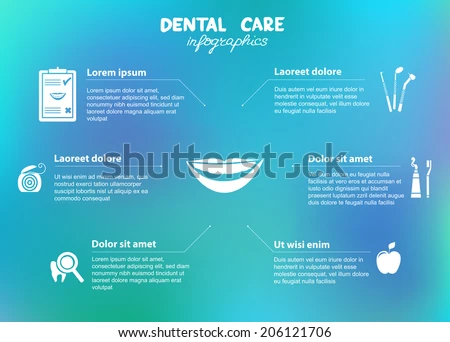Explore The Advanced Developments That Are Changing Oral Surgery. Discover What The Future Holds For This Field And Keep Yourself Informed. Click Currently For An Unique Sight Of Upcoming Improvements
Explore The Advanced Developments That Are Changing Oral Surgery. Discover What The Future Holds For This Field And Keep Yourself Informed. Click Currently For An Unique Sight Of Upcoming Improvements
Blog Article
Article Produced By-Petersson Hessellund
Welcome to the world of dental surgery, where innovations and advances are forming the future of the area! In this exciting realm, you'll witness the transformative power of robotics, the sophisticated marvel of 3D printing, and the game-changing impact of minimally invasive techniques.
The future of dental surgery holds a guarantee of accuracy, effectiveness, and enhanced individual results. With the help of advanced robotics, doctors have the ability to do complicated treatments with better accuracy and control.
3D printing technology is reinventing the development of oral implants and prosthetics, supplying tailored solutions that fit effortlessly right into each patient's one-of-a-kind composition.
In addition, minimally invasive strategies are lowering post-operative discomfort and healing time, permitting clients to return to their lives quicker.
Get ready to check out the amazing innovations and advances that are improving the landscape of oral surgery!
Improvements in Robotics
One major advancement in oral surgery is using robotic technology, which permits exact and effective procedures. With the help of robotic systems, oral doctors have the capability to execute complex surgeries with boosted precision, reducing the threat of human error.
These robot systems are outfitted with sophisticated imaging innovation and precise tools that make it possible for doctors to navigate via intricate physiological frameworks with ease. By making use of robotic modern technology, specialists can achieve greater surgical accuracy, causing enhanced individual outcomes and faster recuperation times.
Additionally, the use of robotics in oral surgery permits minimally intrusive treatments, reducing the trauma to bordering tissues and promoting faster healing.
3D Printing in Dental Surgery
To boost the field of oral surgery, you can discover the subtopic of 3D printing in oral surgery. This ingenious modern technology has the prospective to transform the method oral doctors operate and treat people. Below are four vital ways in which 3D printing is shaping the field:
- ** Customized Surgical Guides **: 3D printing permits the production of extremely exact and patient-specific surgical guides, improving the precision and efficiency of procedures.
- ** Implant Prosthetics **: With 3D printing, dental surgeons can develop tailored dental implant prosthetics that perfectly fit a person's distinct composition, causing much better end results and individual contentment.
- ** Bone Grafting **: 3D printing enables the production of patient-specific bone grafts, decreasing the demand for standard implanting techniques and boosting healing and recovery time.
- ** please click the next webpage and Educating **: 3D printing can be made use of to develop sensible surgical versions for educational purposes, allowing dental cosmetic surgeons to practice complicated procedures prior to executing them on patients.
With its prospective to improve precision, personalization, and training, 3D printing is an amazing advancement in the field of dental surgery.
Minimally Invasive Methods
To further progress the field of oral surgery, welcome the capacity of minimally intrusive strategies that can significantly benefit both specialists and individuals alike.
Minimally navigate to this website are transforming the field by reducing medical injury, decreasing post-operative discomfort, and accelerating the recovery process. These techniques involve utilizing smaller sized cuts and specialized instruments to execute procedures with accuracy and performance.
By utilizing advanced imaging innovation, such as cone beam of light calculated tomography (CBCT), cosmetic surgeons can properly plan and carry out surgical treatments with marginal invasiveness.
Additionally, making use of lasers in oral surgery allows for specific tissue cutting and coagulation, causing decreased bleeding and minimized recovery time.
With minimally intrusive methods, clients can experience much faster recuperation, lowered scarring, and enhanced results, making it an important element of the future of oral surgery.
Verdict
So, as you can see, the future of oral surgery is extremely promising, with interesting advancements and advancements shaping the field.
From the developments in robotics to making use of 3D printing and minimally invasive strategies, oral surgeons are reinventing the means they give care.
While some may fret about the potential expense related to these advancements, it is very important to bear in mind that these modern technologies ultimately improve individual outcomes and minimize recovery time, making them well worth the financial investment over time.
